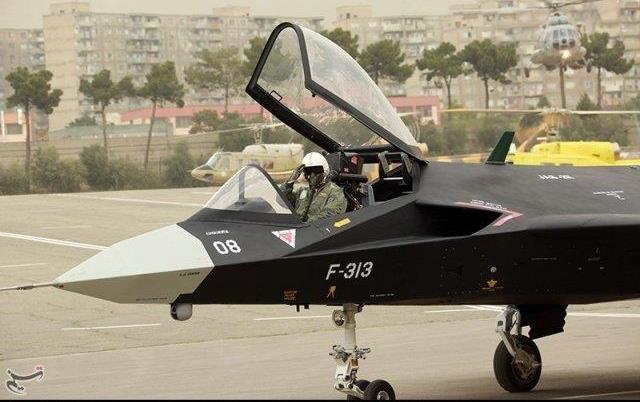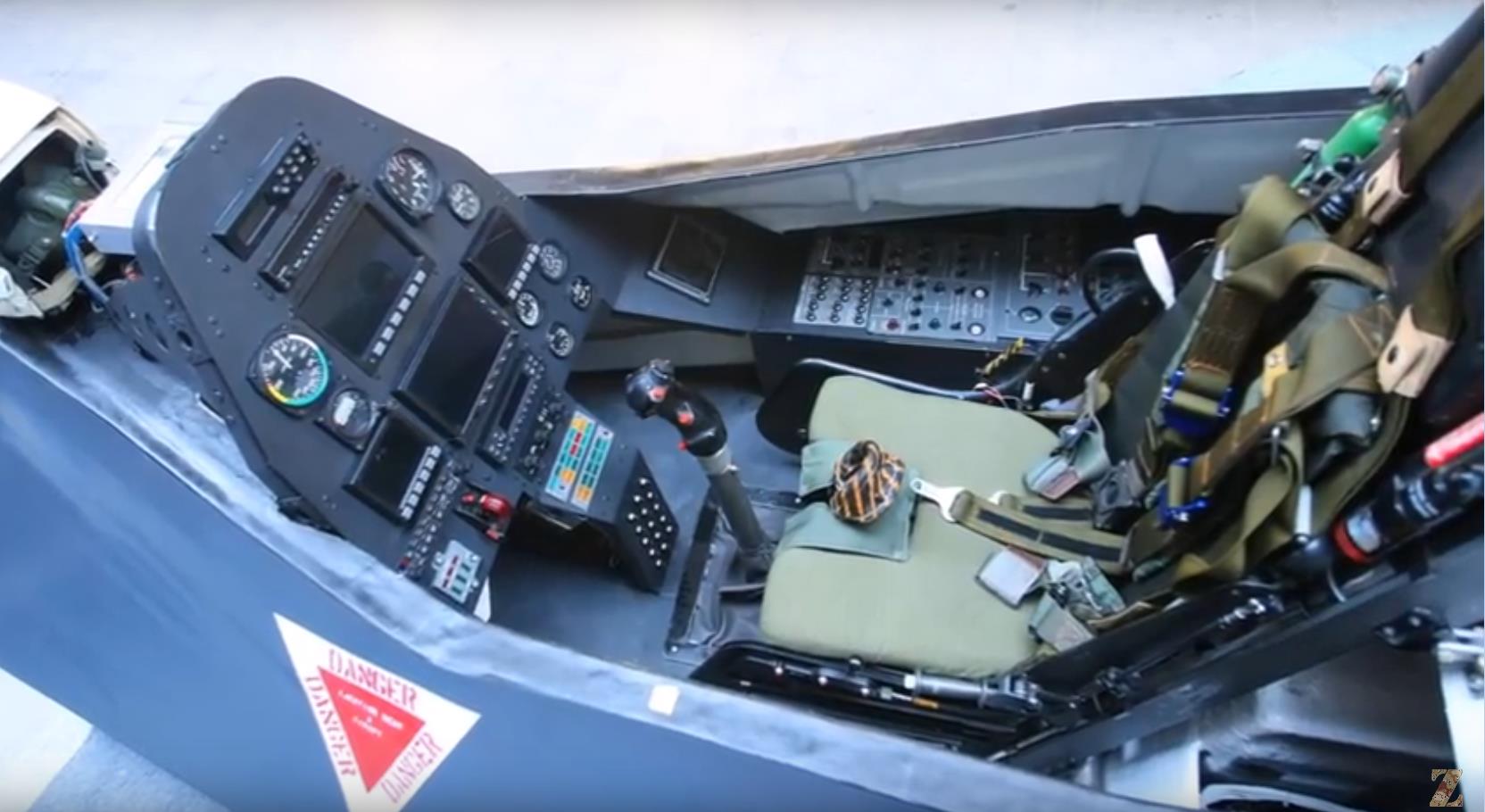S'sonic
Stealth
Menu
A free template by Lucknowwebs.com for WYSIWYG WebBuilder 8
Powered by Sispro1-S
Nigel G Wilcox
Paragon Of Space Publication
© Copyright Reserved - United Kingdom
Ideal Screen Composition 1024 x 768
SITEMAP
PSEUDO SCIENCE
SCIENCE RESEARCH
ABOUT
Desk
Supersonic
Stealth
Study
Menu
MAIN INDEX
Fastest Air Planes
Space
Transport
Menu


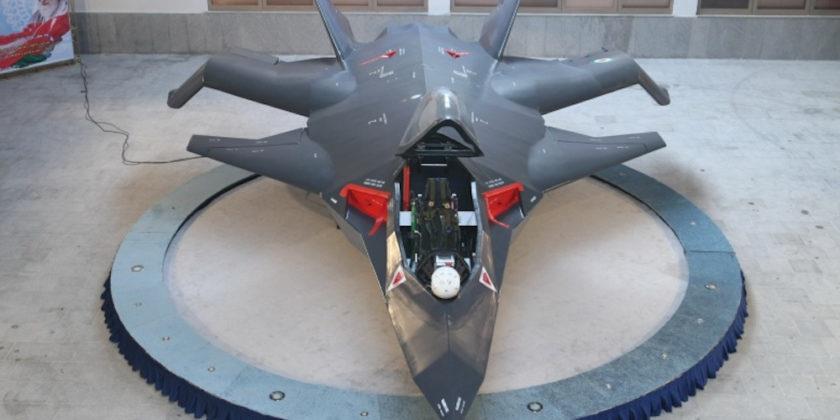
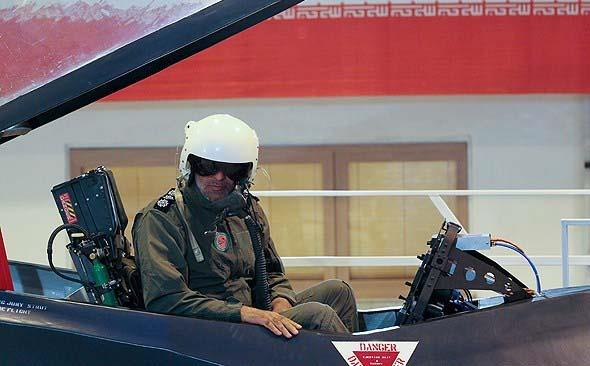
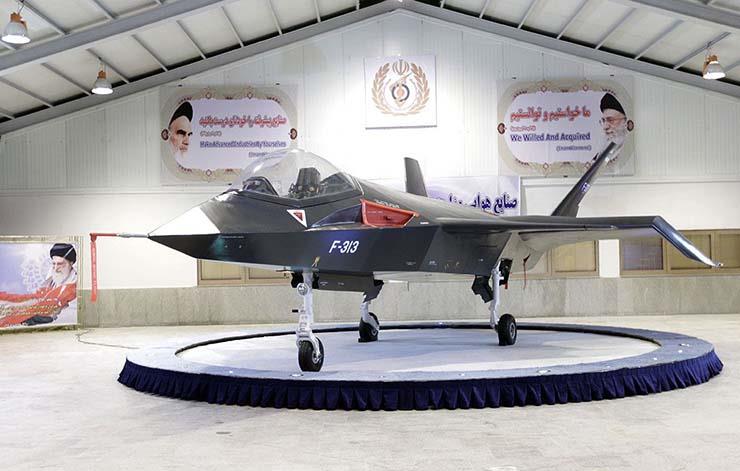
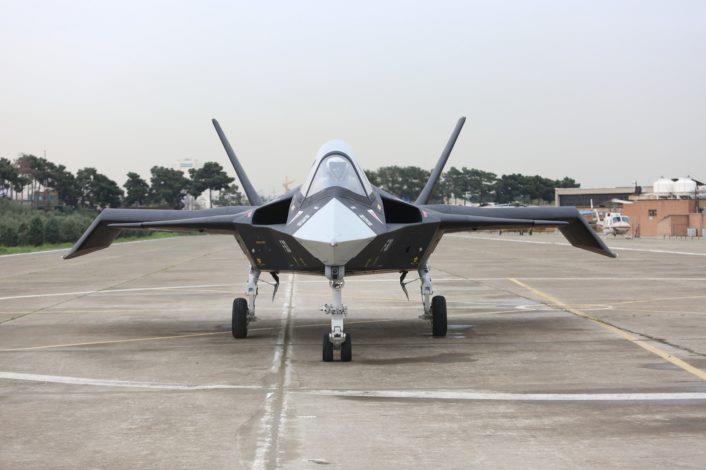
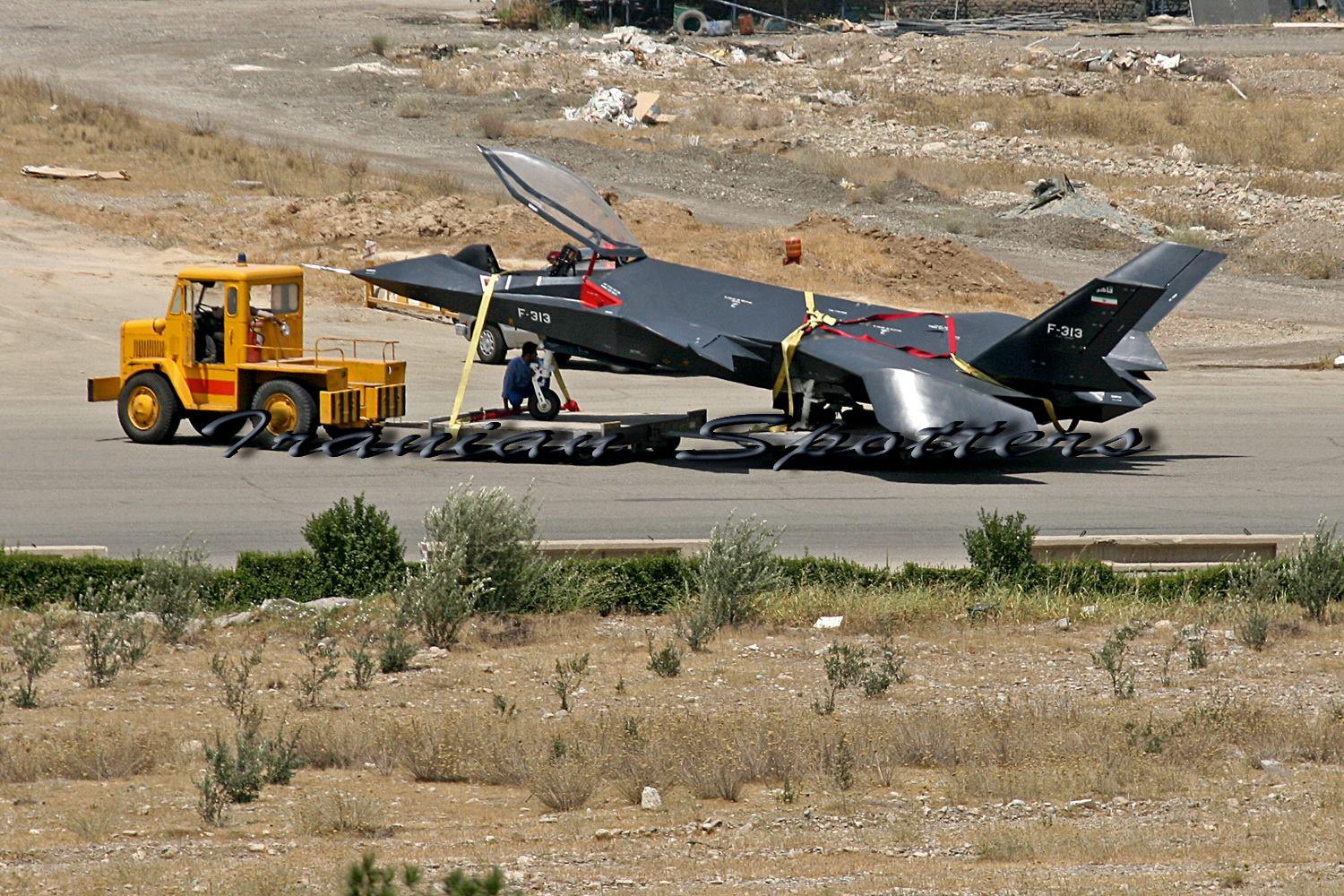
Earlier this year Iran unveiled the Qaher F-313 stealth fighter jet “one of the most sophisticated fighter jets in the world,” according to Tehran.
Even if Iranian media outlets published articles that listed the aircraft’s top features, based on the first (and only) images released on Feb. 2, 2013, we explained that the Qaher would never fly unless it was extensively modified and improved.
On Feb. 4, a couple of days after the entire world highlighted the oddities of the first prototype of its Qaher 313 stealth fighter jet and the reasons why the F-313 will never get off the ground, the Iranian MEHR News Agency published an article to explain the aircraft’s top features.
The F-313’s top 10 features piece addresses some of the doubts surrounding the Qaher and its ability to fly and are aimed to persuade skeptics that Tehran’s new aircraft is not only airworthy, but it is also “one of the most sophisticated fighter jet in the world,” as Ahmadinejad said.
Here below you’ll find a long excerpt of the MEHR article:
The top 10 technical characteristics of the F-313 fighter jet and some of the related data on its features and appearance:
1- Using Two inlets and inlet ducts make up the air induction system to deliver air to the engine. Due to an indirect angle of the engine to the air inlets, the radar reflectivity is reduced, and it makes angled design of inlet ducts to the surface to get radar energy wave, just like in F35.
2- The hot exhaust gas mixes with cold air through the inlet ducts, and gets cooler before it gets out of the exhaust system, to reduce heat effects on the surface of the aircraft.
3- Use of radar-absorbent materials in the body, to absorb wave energy and reduce radar reflection, for greater stealth effect of Qaher F-313 fighter.
4- Considering the estimated length and height of the aircraft is less than 16 and 4 meter, the two compartments with payload capacity of carrying two 2000 pound bombs, or greater number of smaller smart guided missiles, or at least 6 air-to-air missiles in the category of R-17 or PL-12.
5- Relatively large vertical tail surface has created favorable directional stability and with canted vertical tails create aerodynamic benefits as well specific appropriate lateral maneuvering capabilities.
6- The very large canopy gives a 360 degree visibility, which is essential for low altitude fly-by flights, especially helps ground mission attacks, and it is also very useful in close dog-fights.
7- The angled wings is perfect example of indigenous design for aircrafts, which gives a side profile like M, and similar to a W profile, is the best form to use in aircrafts.
8- Single-cycle landing gear is another proof that F-313 is a light weight aircraft, with minimum flying weight of 12 to 14 ton, and maximum flying weight of 20 ton.
9- There are 8 analog displays in the cockpit, which shows Multi-Function Display (MFD) technology has more room to improve in F-313, Qaher fighter jet.
10- Considering F-313 normal steering lever, the control systems, with the wing movable surfaces, rudder, and vertical stabilizer are hydraulics, and not fly-by-wire (FBW) system, since many today’s aircraft use “side-steering lever” control.
The advance computer designing software (CATIA) were used for designing F-313, and aerodynamic analysis methods such as computational fluid dynamics (CFD) also were used, with the help of numerical grid generation software (GAMBIT), flow analysis software (FLUENT) and other design computation software, which shows a complete scientific work in various areas of indigenous scientific and technology was used for F-313.
"These 10 features don’t change what already written about this odd plane. I still believe it can’t fly as it is today".
No more images of the F-313 have been released since then, until a new photo (taken by a user nicknamed “Iranian Spotters”) has emerged on Pakistan Defense forum, an image that allegedly shows the Qaher being moved to be prepared for taxi tests.
The new image (possibly partly photoshopped, based on some suspect blurry details on the tails and elsewhere) doesn’t add much to what we have already seen: the aircraft is probably the same (mock-up) plane showcased on Feb. 2.
Image credit: “Iranian Spotters” via Pakistan Defence forum.
Brand New Images of the Famous Iranian F-313 Stealth Fighter Jet Emerges
A new prototype of the weird Qaher 313 stealth jet has conducted taxi tests.
Footage and photographs showing a new prototype (marked “08”) of the famous Qaher F-313 stealth fighter jet have just emerged as Iran’s President Hassan Rouhani participated Saturday in an exhibition displaying the achievements that the Defense Ministry Brigadier General Hossein Dehqan gained during the past two years.
Indeed, an “upgraded version” of the “faux stealth fighter” can be observed performing taxi tests. The aircraft appears to be slightly different from the one unveiled on Feb. 2, 2013, that was nothing more than a poorly designed mock-up that would never fly unless it was extensively modified and heavily improved.
Four years ago, the cockpit was basic for any modern plane, the air intakes appeared to be too small, the engine section lacked any kind of nozzle meaning that the engine would probably melt the aircraft’s back-end. Above all, the aircraft was way too small to such an extent its cockpit could not fit a normal-sized human being.
The new prototype retains the original weird shape but has a more realistic cockpit, large enough to accommodate an Iranian test pilot on an ejection seat, with a “normal” canopy (the previous one was clearly made of plexiglass), and a dorsal antenna. It is equipped with dual exhaust nozzles: according to some sources these are U.S. engines, according to others these would be new turbofan engines or modified Iranian J-85s. And, interestingly, a sort of FLIR (Forward Looking Infra-Red) turret was attached to the nose of the aircraft, that also features a white radome.
Although the new prototype is not a complete joke as its predecessor, it is still pretty hard to say whether it will be able to take to the air and land safely without further modifications: the intakes continue to appear smaller than normal (as commented back in 2013, they remind those of current drones/unmanned combat aerial vehicles); the wing are small as well and feature the peculiar design with the external section canted downward whose efficiency is not clear.
As already explained here in the past, Iranian engineers have been able of some impressive achievements in spite of the embargo imposed after the 1979 Revolution: for instance, the Islamic Republic of Iran Air Force (IRIAF) remains the world’s only operator of the F-14 Tomcat, that Tehran continues to maintain airworthy and enhanced with some domestic avionics upgrades and weapons.
Moreover, Iran is pretty advanced in terms of production and export of drones: Iranian UAVs (Unmanned Aerial Vehicles) are quite popular in the Middle East, where some of them have been extensively used in combat over Syria.
So, let’s be prudent and wait once again for more footage about the F-313 to see if it will eventually be modified to become something real, with a real capability or just a concept or a funny DIY jet.
By the way, according to the latest statements, the Qaher F-313 will be a light close air support aircraft.
Courtesy: Compilation of articles written by David Cenciotti 2013-2017
"For many years after 2013, many mostly Western defense analysts and journalists derided the F-313, claiming that it was merely a 'model' or a 'cheap copy' of US planes. The weekend's demonstration suggests that Iran is set on proving otherwise". HYPERLINK "https://twitter.com/AirRecognition/status/854640845722660864"11:20 AM - Apr 19, 2017
Ahmad Vahidi, former defense minister who presided over the introduction of the F-313 concept in 2013, told media that the plane will have stealth capability, and from the perspective of form factor and appearance, stands alongside the most advanced fighters in the world. On the latter account, Iranian experts themselves have indicated that this may be too ambitious a boast to make, since the technical characteristics of the plane have yet to be demonstrated.
Russia Can Assist Iran in Development of Its Most Advanced Military Aircraft
Nevertheless, Emad Abshenas, political analyst and editor-in-chief of the Iran Press newspaper, told Sputnik Persian that Tehran has good reason to be proud of the new aircraft.
"At the moment, according to the characteristics which have been presented, our military experts and other experts have said that this aircraft bears some similarity to the well-known American plane, the F-35," Abshenas noted. "It's too early to judge at the moment, of course, because full-scale testing has yet to be carried out."
"But in any case, for us it is already a great achievement that Iran has itself designed and built such an important combat system - a prospective 5th generation fighter," the observer stressed. "After all, as soon as the country gains the capability to produce the necessary armaments itself, it will no longer face the pressure of [dependence on] other nations."
Courtesy: AFP 2017/ YOUNES KHANI / MEHR NEWS
Indeed, the creation and production of a functional 5th-generation fighter aircraft would allow Iran to join the ranks of a very select group of countries. Along with the US, Russia and China, only India, Japan and Turkey can afford the luxury of doing so.
In any case, no matter how much the Iranians invest into their F-313, it's unlikely that costs will be able to climb as much as they have for the F-35. According to the US Defense Department, that program is expected to cost US taxpayers over a trillion dollars over 50 years, making it the most expensive weapons systems ever created.
11:20 AM - Apr 19, 2017
Qaher F-313
Fiction or Non- Fiction? Backward in Coming Forward....?
Great Design - A little like the F22 or F35. The F-313 framework is a little small for what is needed, however, let us give them credit for their humourous approach, that at least, more so, if they can establish this aircraft as a member of the next generation of fighter jets, this would be an accomplishment concerning science, technology and engineering....
Iran’s Top-Secret F-313 ‘Conqueror’ Stealth Fighter Conducts Taxi Trials ?
Role: Stealth Fighter
National Origin: Iran
Manufacturer: Iran Aviation Industries Organisation (IAIO)
Introduction: 2 February 2013
Payload Capacity: 2000 Pound bombs or greater number of smaller smart guided missiles, or at least 6 air-to-air missiles.
Have We Seen It Actually Flying?
A radio Controlled Version has been seen to be flown, using a centre prop at the rear?








